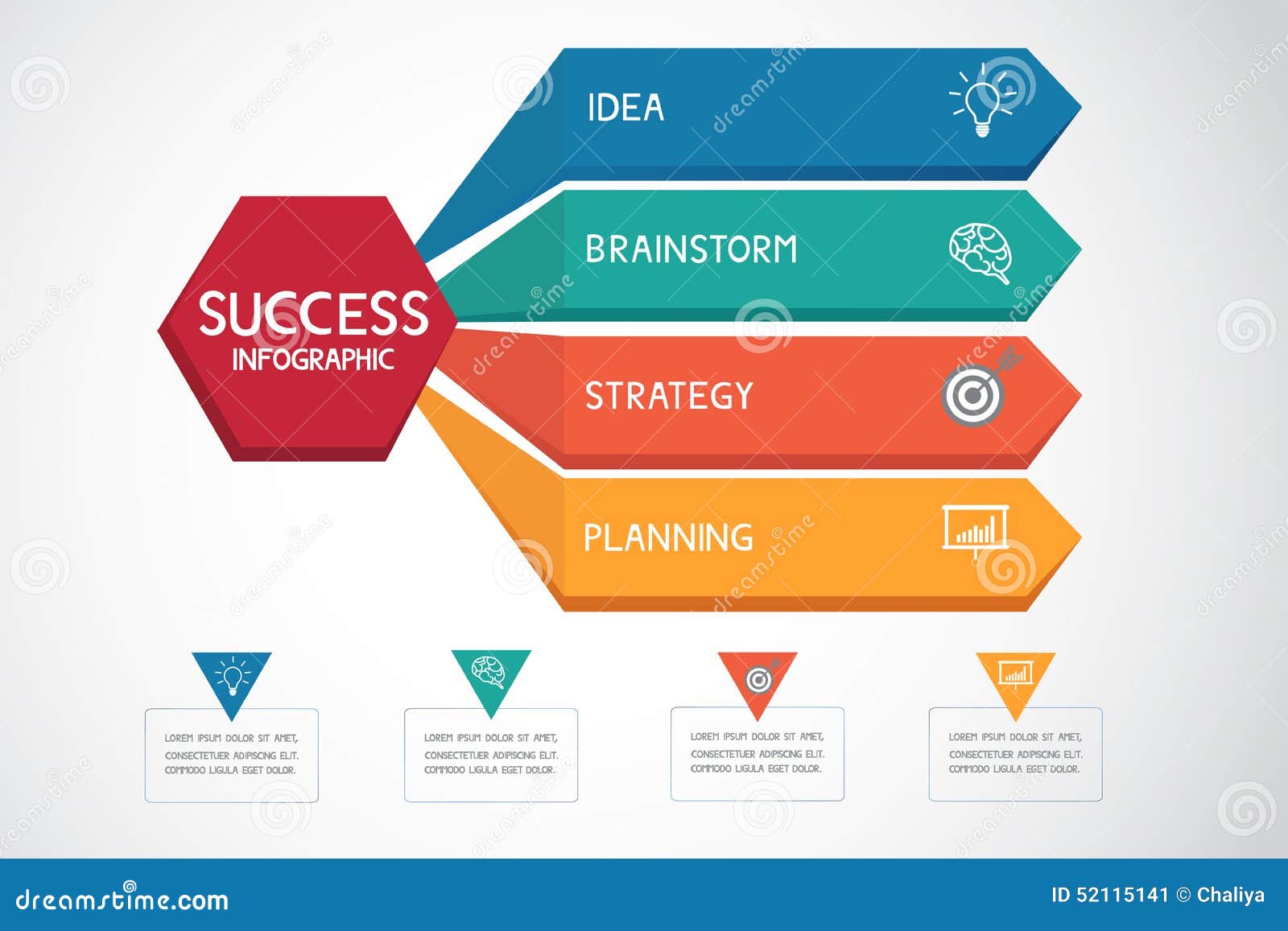The Evolution Of Website Layout: From Past To Existing
The Evolution Of Website Layout: From Past To Existing
Blog Article
Produced By-Booker Bojesen
In the past, sites were basic and focused on information. Navigating was straight, and layout was for desktop computers. Currently, individual experience is vital. Information overviews designs for very easy navigating. Responsive designs suit various devices. Today, dark mode decreases pressure, and minimal food selections improve navigation. Interactive functions involve users, and strong visuals attract attention. AI assimilation boosts interaction. See how design has advanced to boost your on-line journey.
Very Early Days of Web Design
In the very early days of website design, simpleness reigned supreme. Sites were standard, with limited colors, fonts, and designs. The focus was on providing details instead of fancy visuals. Users accessed the internet through slow-moving dial-up connections, so rate and functionality were vital.
Navigation food selections were straightforward, commonly located at the top or side of the web page. Sites were designed for computer, as mobile surfing had not been yet widespread. Web content was king, and developers prioritized easy readability over complicated layout components.
HTML was the main coding language made use of, and designers needed to function within its restraints. Animations and interactive functions were minimal contrasted to today's standards. Websites were fixed, with little dynamic content or tailored user experiences.
Increase of User-Focused Layout
With the development of website design, a change towards user-focused layout concepts has actually ended up being significantly prominent. Today, creating websites that prioritize individual experience is crucial for engaging site visitors and accomplishing business objectives. User-focused style involves comprehending the requirements, choices, and actions of your target market to tailor the website's layout, web content, and features appropriately.
Developers currently conduct complete research, such as customer surveys and usability testing, to gather understandings and comments directly from users. This data-driven technique aids in developing user-friendly navigation, clear calls-to-action, and aesthetically enticing interfaces that reverberate with site visitors. By putting https://bmmagazine.co.uk/business/7-digital-marketing-strategies-for-cloud-kitchen-business-owners/ at the facility of the style procedure, web sites can provide an extra personalized and enjoyable experience.
Receptive design has also emerged as an essential element of user-focused design, guaranteeing that websites are enhanced for various gadgets and screen dimensions. This flexibility improves accessibility and functionality, catering to the diverse means individuals connect with sites today. In essence, the surge of user-focused style symbolizes a shift in the direction of creating digital experiences that focus on the demands and assumptions of the end user.
Modern Trends in Website Design
Check out the latest fads shaping web design today. One famous pattern is dark mode layout, providing a streamlined and contemporary look while lowering eye stress in low-light settings. An additional vital fad is minimal navigating, streamlining food selections and enhancing individual experience by concentrating on essential elements. Including micro-interactions, such as computer animated switches or scrolling impacts, can create an extra engaging and interactive site. Responsive design continues to be critical, ensuring seamless individual experiences across various tools. In addition, utilizing vibrant typography and asymmetrical formats can include aesthetic rate of interest and accentuate certain material.
Incorporating AI innovation, like chatbots for customer assistance or tailored suggestions, enhances user interaction and enhances processes. Ease of access has also end up being a significant pattern, with developers prioritizing comprehensive style techniques to deal with diverse user requirements. Welcoming sustainability by enhancing internet site performance for rate and efficiency is an additional arising fad in website design. Collaborating with customer comments and data analytics to repeat and improve design continuously is essential for staying pertinent in the ever-evolving electronic landscape. By embracing these modern patterns, you can produce an aesthetically enticing, straightforward web site that resonates with your target market.
Verdict
As you review the advancement of web site layout from the very early days to currently, you can see how user-focused layout has actually become the driving pressure behind modern-day fads.
Welcome the trip of change and adjustment in web design, always keeping the user experience at the forefront.
Keep existing with the most up to date patterns and modern technologies, and never ever quit advancing your method to produce aesthetically magnificent and easy to use internet sites.
Progress, adapt, and create - the future of website design remains in your hands.
